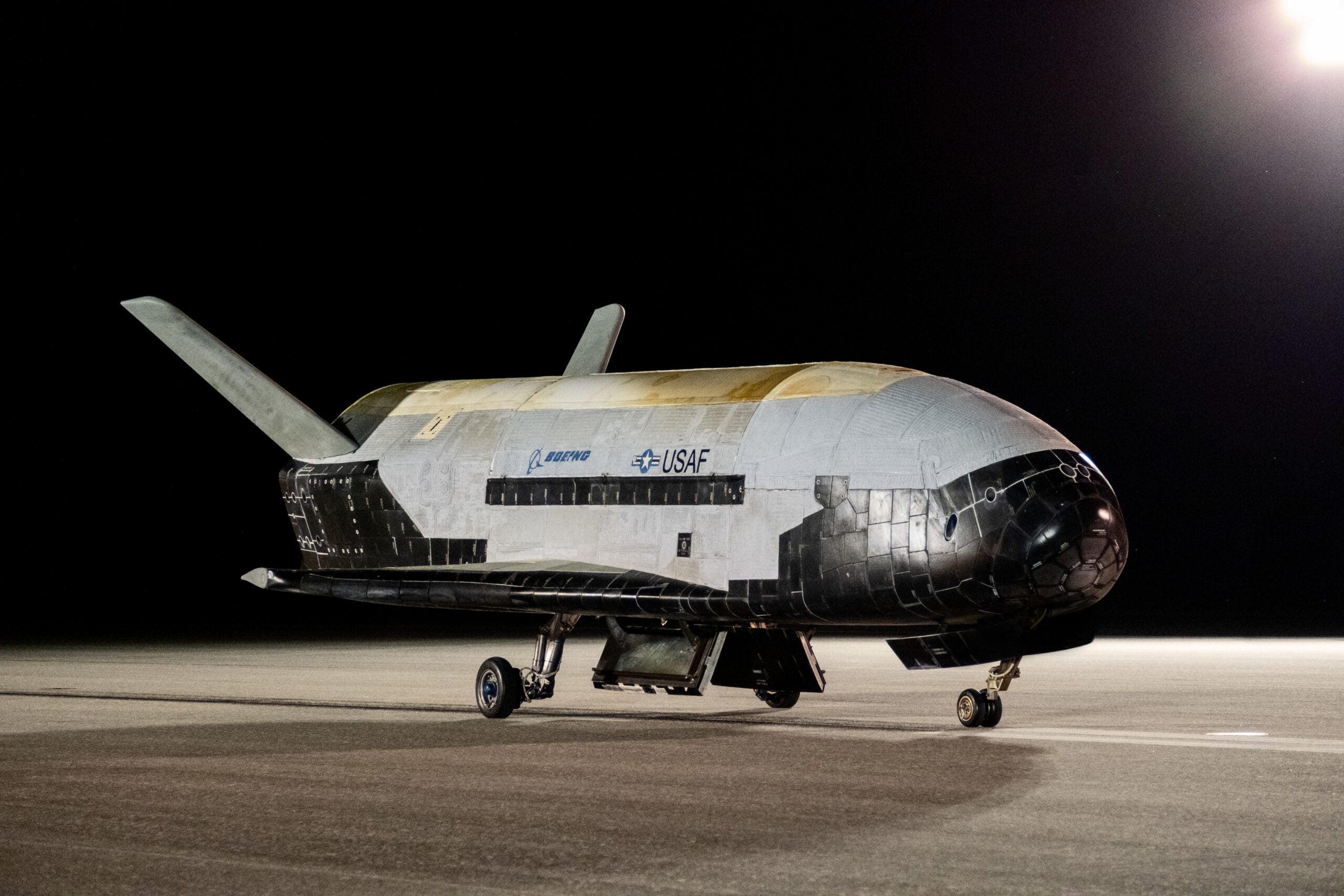
The US Space Force’s (USSF) uncrewed reusable spaceplane X-37B Orbital Test Vehicle-6 (OTV-6) has successfully concluded its sixth mission after spending 908 days in orbit.
The mission completion was marked on 12 November, as the spaceplane deorbited and landed at Nasa’s Kennedy Space Center Shuttle Landing facility in Florida, US.
It was the first mission to introduce the concept of a service module, which is a ring-like attachment added at the vehicle’s rear end. The attachment allows for hosting a greater number of experiments in a particular mission.
In the case of the OTV-6 mission, the service module successfully detached from the vehicle, before the OTV landed, which is a significant step that occurs due to aerodynamic forces experienced by X-37B uncrewed vehicle upon its re-entry.
The future steps will now involve the disposal of the service module, in compliance with best practices, in the next few weeks.
US Air Force secretary Frank Kendall said: “The deliberate manner in which we conduct on-orbit operations—to include service module disposal—speaks to the US’ commitment to safe and responsible space practices, particularly as the issue of growing orbital debris threatens to impact global space operations.”
The Boeing-built X-37B spaceplane has set a new 908-day on-orbit endurance record, surpassing the previous 780-day record.
Launched in May 2020, the OTV-6 mission hosted several missions, including the US Naval Research Laboratory’s solar energy experiment, called Photovoltaic Radiofrequency Antenna Module, and the USAF Academy’s FalconSat-8 satellite that will continue to stay in orbit.
Developed together with Air Force Research Laboratory, the FalconSat-8 provides hands-on experience to the academy’s trainee cadets before their entry into the service as space operators.
Furthermore, OTV-6 also hosted some Nasa experiments, including Materials Exposure and Technology Innovation in Space.



